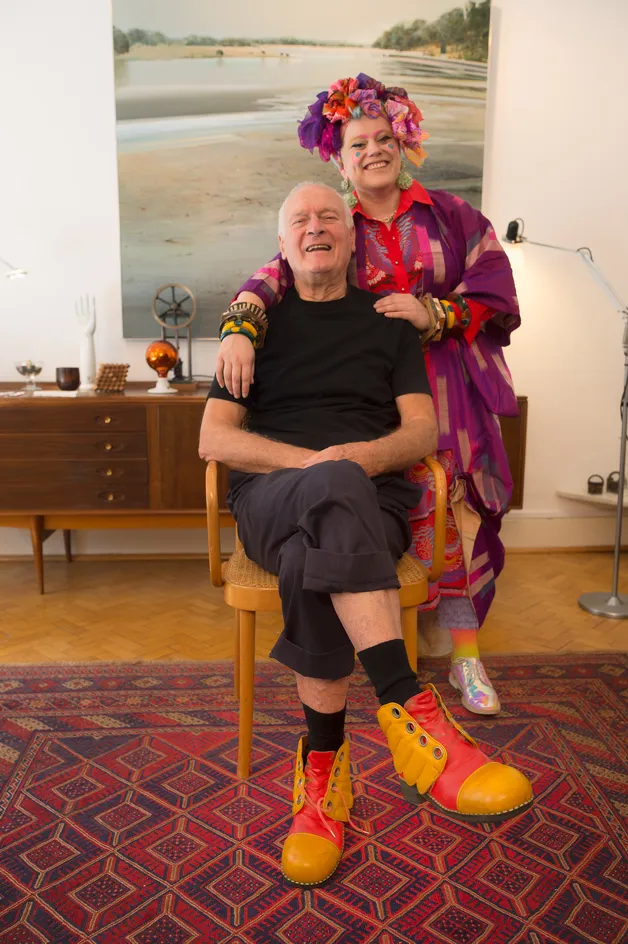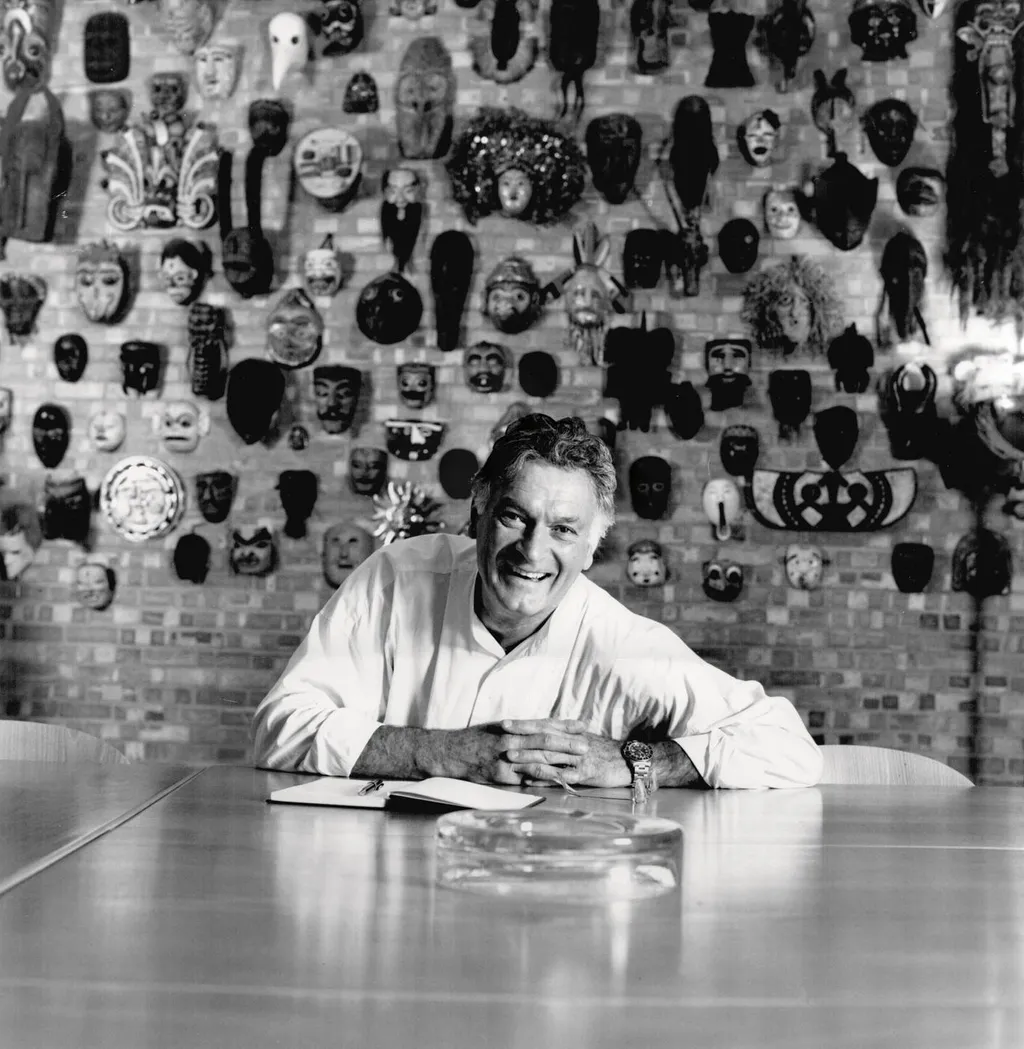
The genuine heroes of modern design are few and far between. Yet Sir Kenneth Grange, whose death was announced yesterday, certainly qualifies. Grange was a British industrial designer whose work and influence spanned genres and generations, helping define the modern high street as well as the profession itself.
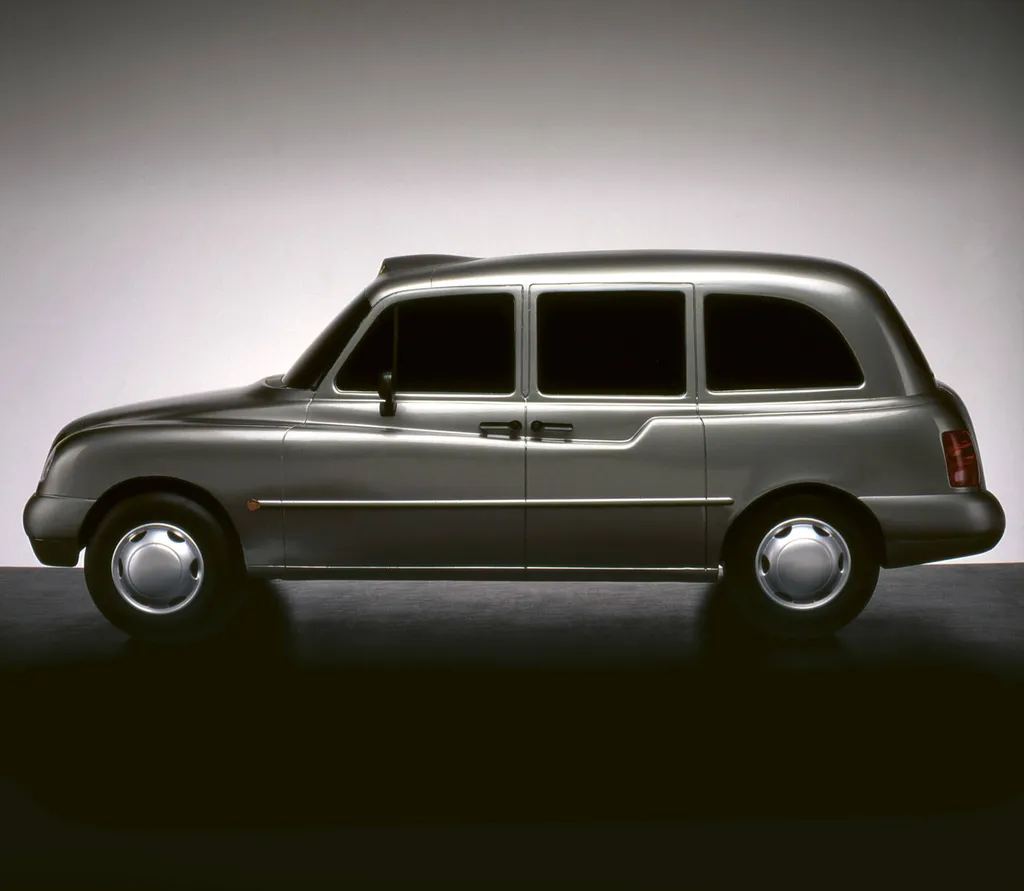
Born in London's East End in 1929, Grange’s childhood was shaped by vivid memories of the Second World War, as well as a talent for drawing that led him to study art at the Willesden College of Technology. This was followed by National Service and then a first professional role as an architectural draughtsman that saw him work on exhibition stands and graphics for the Sports and Homes pavilions at the Festival of Britain in 1951.
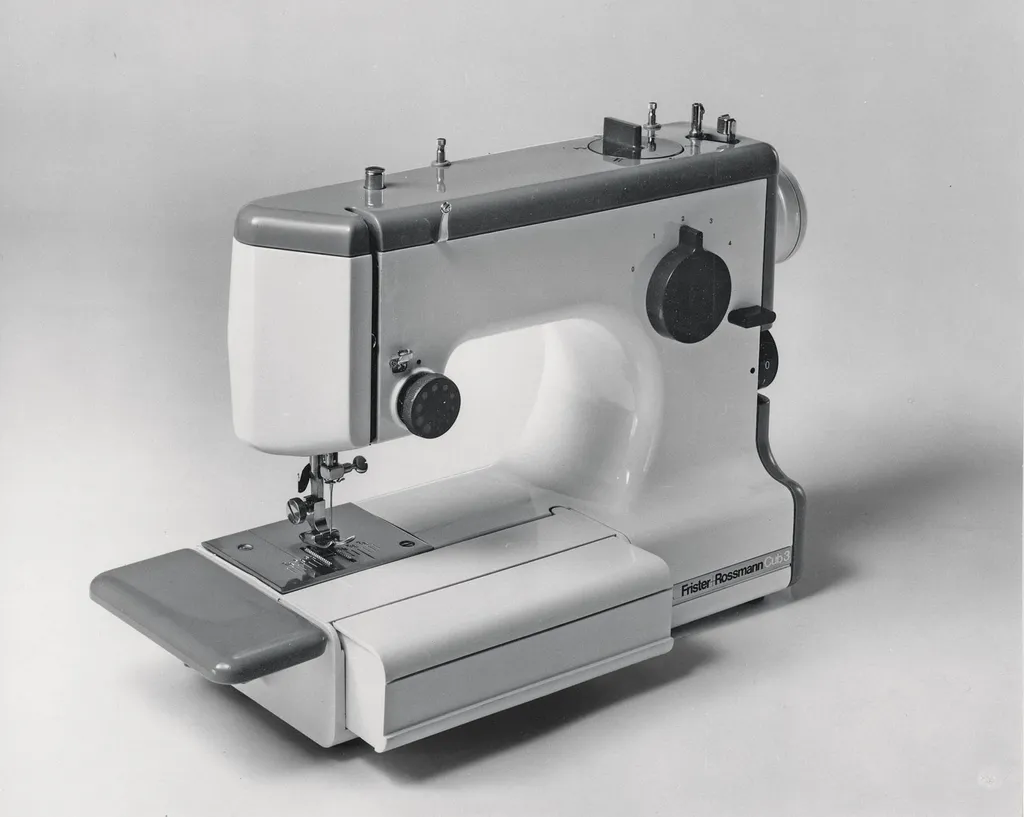
Grange designed the Kodak Pavilion for the 1958 Brussels World Fair, and so began a 30-year collaborative relationship with the camera manufacturer. He designed the Kodak 44A in 1959 - the first camera to use a plastic lens - and sealed his legacy with the brand thanks to the wildly popular Instamatic 33 in 1970. Similarly beautiful, modern British goods came thick and fast: kitchen appliances for Kenwood, pens for Parker, razors for Wilkinson Sword, irons for Morphy Richards, lighters for Ronson. At some point in the 1970s, if it was made in Britain and you could hold it - comfortably - in your hand, chances were Kenneth Grange had designed it.
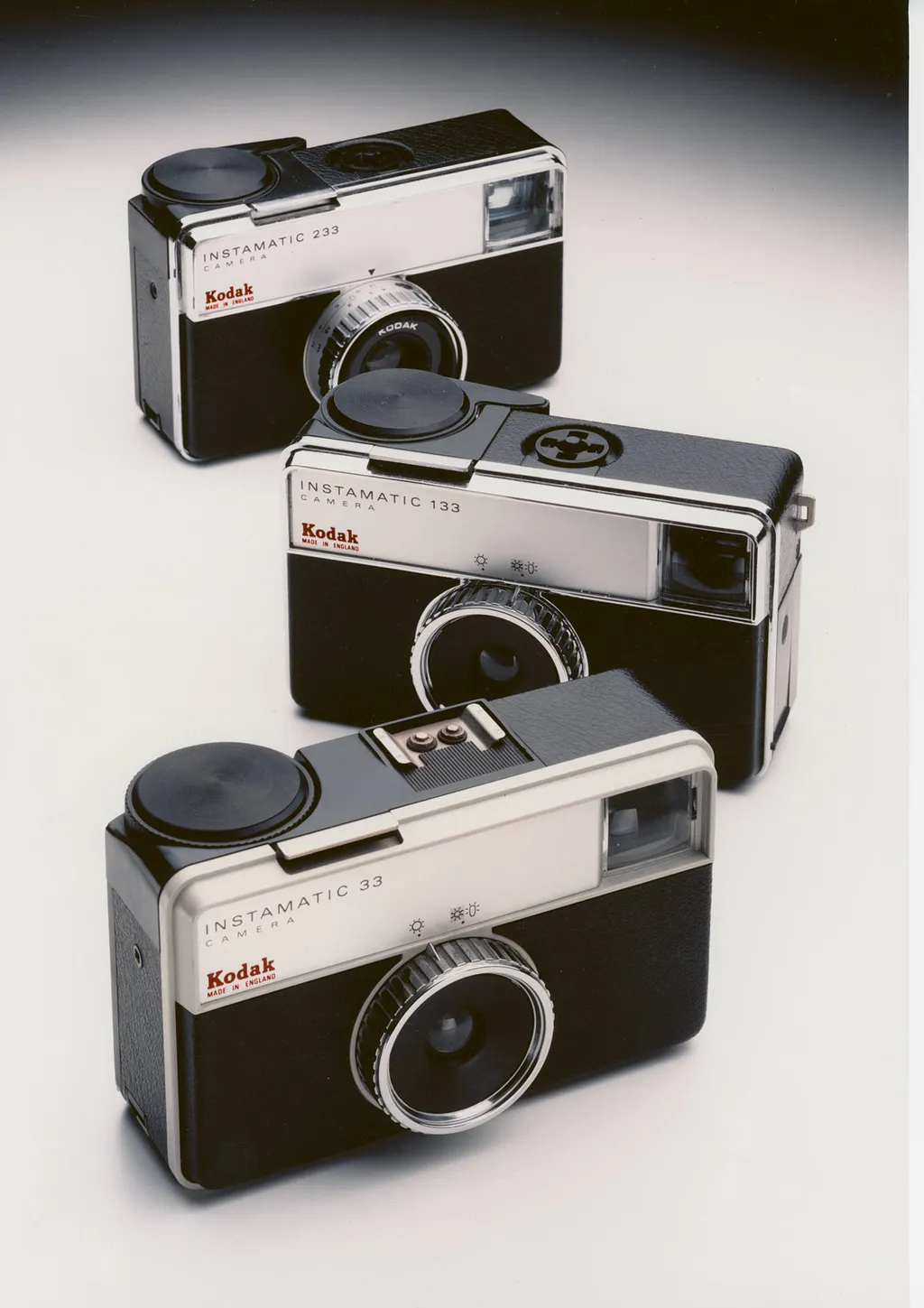
There are significant objects of daily life beyond our hands that we also have Grange to thank for: from parking metres to London taxis and the popular Type 3 redesign of the Anglepoise lamp, where Grange was design director from 2003 until his death. His largest project in scale and possibly reach was the much-loved, long-serving Intercity 125 for British Rail. In the case of the latter, unimaginably by today’s silo-ed design practices, Grange worked on the aerodynamic form, the exterior and the interior simultaneously. When the Intercity 125 went into service it was hailed as saving Britain’s railways, and was fondly referred to as ‘the journey shrinker’.

In 1972, Grange joined Alan Fletcher, Colin Forbes, Theo Crosby and Mervyn Kurlansky to form Pentagram, bringing the disciplines of product and industrial design together with graphic identity and spatial design. With Grange’s inclusion, the pioneering partnership spread its wings beyond a design agency to become a multidisciplinary design practice. Today, Pentagram is considered one of the world’s foremost design studios. It still operates as an interdisciplinary partnership, albeit with 24 partners working from offices in London, New York, San Francisco, Austin, Texas and Berlin.

Grange had a landmark retrospective show at the London Design Museum in 2011, ‘Kenneth Grange: Making Britain Modern’, designed by Jasper Morrison and James Irvine. Coinciding with a surge of widespread interest in the role and power of design, for many the exhibition served as an introduction to Grange and his extraordinary canon of work. I spent a dank January day with him in his Devon home, together with Apryl his wife, as he was busy cataloguing various prototypes and early models. He was warmth personified and keen to impress the role that luck and good fortune had played in his career. He was adamant about design education being of fundamental importance to children and not a frivolity. He joked about how we wished to be buried in a large man-shaped, moulded plywood bookcase that he had designed in the corner.

The Design Museum show heralded a wave of long overdue celebration for Grange and all that he had achieved. He was knighted in the Queen’s New Year Honours in 2013 for services to design. In 2016 he was awarded the London Design Medal for Lifetime Achievement. Lucy Johnston’s excellent monograph – Kenneth Grange: Designing the Modern World – which was released earlier in 2024, traces Grange’s early life and influences, through to the founding of his first design agency, Kenneth Grange Design, in 1958, and onwards through a career defined by variety. Five biographical chapters are followed by a chronicle of Grange’s designs that ‘shaped the modern world,’ together with sketches, prototypes and personal insights into their development.
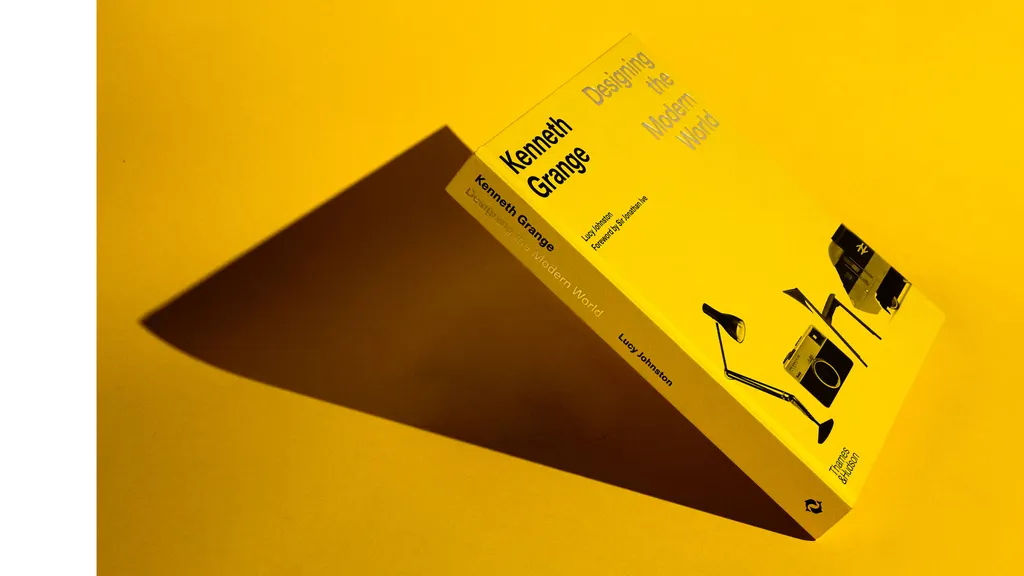
Sir Jonathan Ive contributed a foreword that further cements Grange’s reputation within the industry. Ive writes that Grange’s approach to design as a form of public service made a vivid impact on him, as well as on British visual culture in general. Grange’s archive will go on display at London’s V&A East Storehouse in 2025, shoring up his legacy for future generations.

What I remember most vividly from my home visit was Grange’s belief in improvement, more than innovation, as the lodestar for any designer. Given the breadth of his own six-decade output, naturally he was repeatedly asked about his own ‘red thread’. What can possibly tie a moulded plastic watering can together with a high-speed train, a task lamp with a washing machine, a car with a pen, a bus shelter with a toothbrush? ‘No-one and nothing is perfect,’ he laughed. ‘Improvement is the only responsible approach one can take in design as in life.’
Kenneth Grange, Industrial Designer, July 1929 - July 2024.
